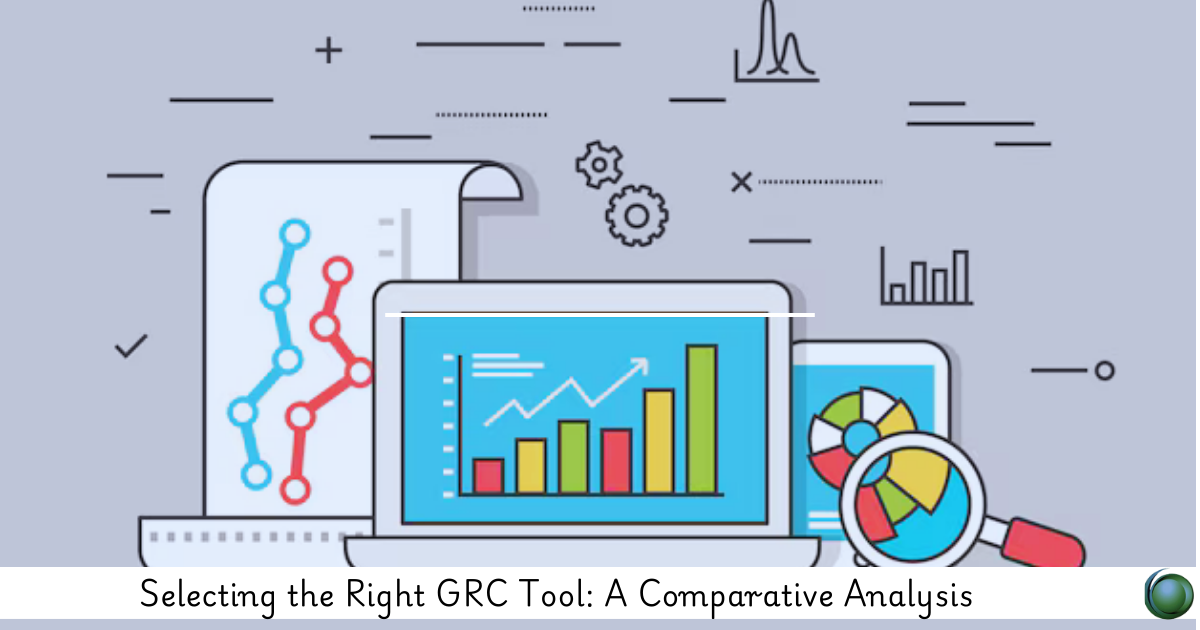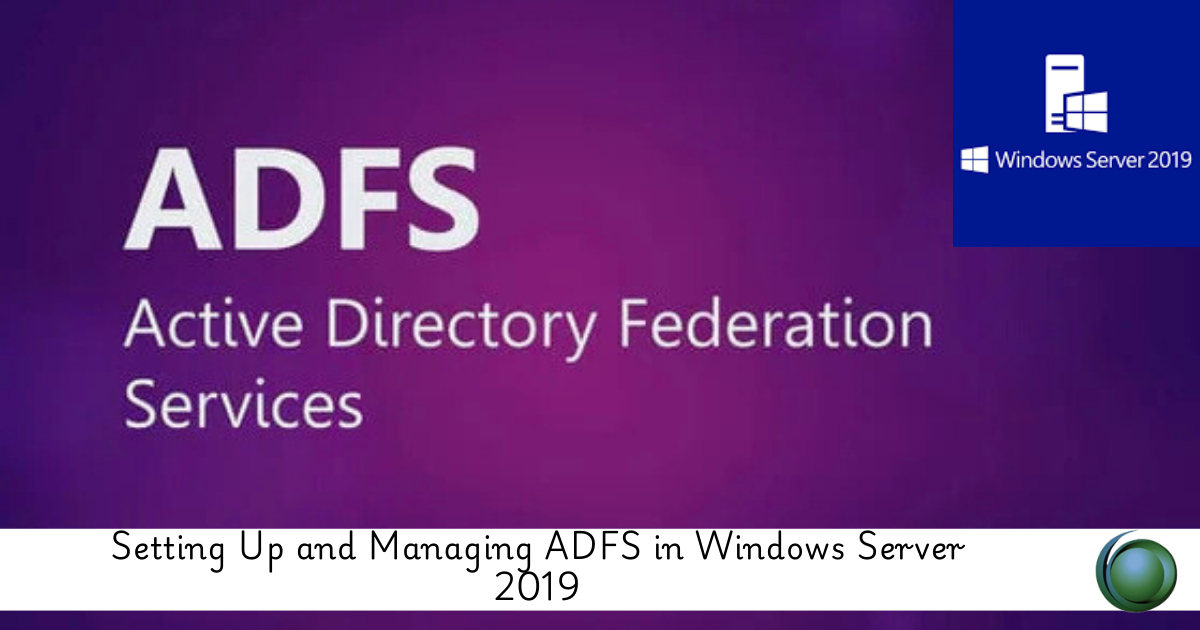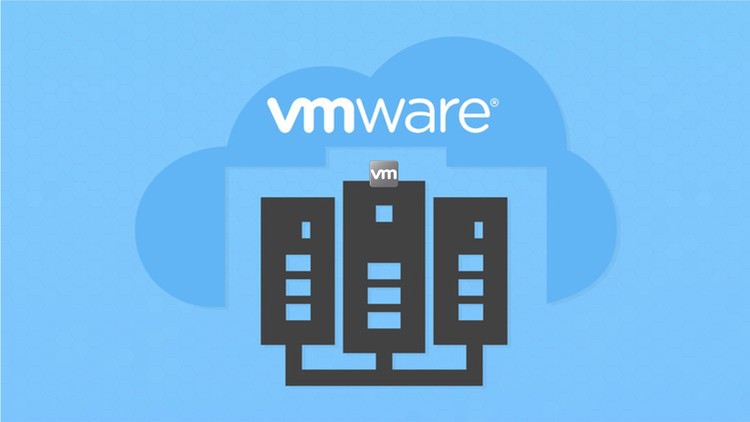Description
Introduction
Governance, Risk, and Compliance (GRC) tools are essential for organizations aiming to streamline and automate their compliance and risk management efforts. However, with a wide array of GRC solutions available on the market, selecting the right tool can be a complex decision. This GRC Tools for Analysis course will provide a comprehensive analysis of the various GRC tools, comparing their features, strengths, and limitations. By understanding the capabilities of different solutions, organizations will be equipped to select the most suitable GRC tool that aligns with their specific governance, risk, and compliance needs.
Prerequisites
- Basic understanding of Governance, Risk, and Compliance (GRC) concepts
- Familiarity with key regulatory frameworks (e.g., SOX, GDPR, HIPAA)
- Knowledge of the organization’s risk management and compliance objectives
- Experience with general enterprise software tools and applications
Table of Contents
- Introduction to GRC Tools and Their Importance
1.1 What Are GRC Tools?
1.2 The Role of GRC Tools in Risk and Compliance Management
1.3 Benefits of Implementing a GRC Tool(Ref: GRC Tools for Regulatory Compliance: SOX, GDPR, HIPAA, and More)
1.4 Overview of the GRC Market: Key Players and Solutions - Key Features to Consider When Selecting a GRC Tool
2.1 User Interface and Usability
2.2 Integration with Existing Systems
2.3 Flexibility and Customization
2.4 Reporting and Analytics Capabilities
2.5 Automation and Workflow Management
2.6 Regulatory Compliance and Reporting Support
2.7 Security Features
2.8 Cost and Total Cost of Ownership (TCO) - Comparing Popular GRC Tools
3.1 Tool 1: RSA Archer
3.1.1 Key Features
3.1.2 Strengths and Use Cases
3.1.3 Limitations
3.2 Tool 2: MetricStream
3.2.1 Key Features
3.2.2 Strengths and Use Cases
3.2.3 Limitations
3.3 Tool 3: LogicManager
3.3.1 Key Features
3.3.2 Strengths and Use Cases
3.3.3 Limitations
3.4 Tool 4: SAP GRC
3.4.1 Key Features
3.4.2 Strengths and Use Cases
3.4.3 Limitations
3.5 Tool 5: Galvanize (formerly ACL GRC)
3.5.1 Key Features
3.5.2 Strengths and Use Cases
3.5.3 Limitations
3.6 Tool 6: RiskWatch
3.6.1 Key Features
3.6.2 Strengths and Use Cases
3.6.3 Limitations - Case Studies: Selecting GRC Tools for Different Industries
4.1 Financial Sector: Prioritizing Compliance and Risk Management
4.2 Healthcare Industry: Meeting HIPAA and Data Privacy Regulations
4.3 Manufacturing: Operational Risk and Compliance Management
4.4 Technology Companies: Managing Cybersecurity Risks and IT Compliance
4.5 Government and Public Sector: Addressing Regulatory and Auditing Requirements - Evaluating the Cost-Benefit of GRC Tool Implementation
5.1 Total Cost of Ownership (TCO) vs. Value Delivered
5.2 Direct Costs: Licensing, Maintenance, and Support
5.3 Indirect Costs: Training, Integration, and Adaptation
5.4 ROI Considerations: Efficiency Gains and Risk Mitigation
5.5 Benchmarking GRC Tools: Cost vs. Benefits for Your Organization - Implementing GRC Tools: Best Practices and Strategies
6.1 Defining Your Organization’s GRC Objectives
6.2 Involving Key Stakeholders in the Tool Selection Process
6.3 Customizing the Tool to Fit Your Organization’s Needs
6.4 Ensuring Seamless Integration with Existing Systems
6.5 Training and Onboarding for Successful Tool Adoption - Future Trends in GRC Tools and Technologies
7.1 The Role of Artificial Intelligence(AI) and Machine Learning(ML) in GRC Tools
7.2 Integration with Emerging Technologies (e.g., Blockchain, Cloud)
7.3 The Future of Regulatory Compliance Automation
7.4 GRC Tools in the Era of Data Privacy and Cybersecurity
7.5 Trends in Reporting and Real-Time Analytics - Making the Final Decision: Choosing the Best GRC Tool for Your Organization
8.1 Assessing Your Organization’s Specific Needs
8.2 Comparing GRC Tools Based on Key Criteria
8.3 The Selection Process: Scoring, Evaluating, and Final Decision Making
8.4 Navigating Vendor Negotiations and Contracts
8.5 Post-Selection: Planning the Implementation and Roll-Out
Selecting the right GRC tool is critical to an organization’s ability to manage risk, ensure compliance, and streamline governance processes. This GRC Tool for Analysis course has provided a comprehensive guide to the factors and features to consider when choosing a GRC solution, as well as a detailed comparison of popular GRC tools in the market. By understanding the strengths and limitations of each tool and aligning them with your organization’s specific needs, you will be equipped to make an informed decision that enhances your governance, risk management, and compliance capabilities. With the right GRC tool, organizations can not only meet regulatory requirements but also create a culture of risk awareness and proactive compliance management.






Reviews
There are no reviews yet.